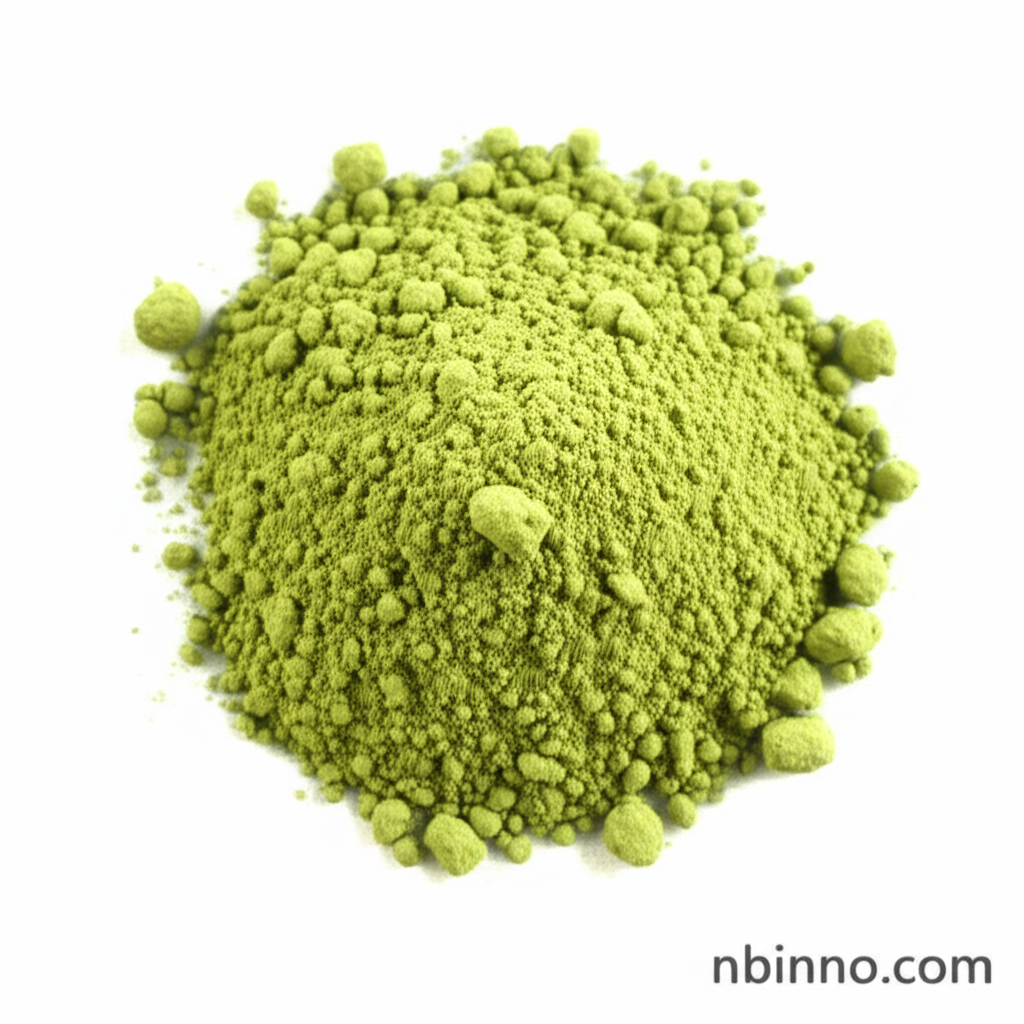Discover the Power of Cis-Bis(acetonitrile)dichloroplatinum(II)
Unlock advanced chemical reactions with this high-purity platinum catalyst. Essential for modern synthesis.
Get a Quote & SampleProduct Core Value

Bis(acetonitrile)dichloroplatinum(II)
Cis-Bis(acetonitrile)dichloroplatinum(II), identified by CAS number 13869-38-0, stands as a pivotal component in advanced chemical synthesis. Its high purity and specific molecular structure, represented as (CH3CN)2PtCl2, make it an indispensable tool for chemists seeking reliable and efficient catalytic activity. This compound is primarily utilized as a chemical catalyst, facilitating complex reactions with precision. Its availability in a distinctive yellow to green powder or crystalline form, with a guaranteed purity of 97% or higher, ensures consistent performance in demanding applications. Proper storage in cool, dry, tightly closed containers is recommended to maintain its efficacy.
- Learn about platinum catalyst synthesis applications and how this compound enhances reaction yields.
- Explore the high purity platinum compounds available for your research and development needs.
- Understand the diverse acetonitrile platinum dichloride uses in various industrial processes.
- Discover why this is a preferred choice for metal catalysts for chemical synthesis due to its reliability.
Key Advantages
Exceptional Catalytic Activity
Leverage the superior catalytic properties of bis(acetonitrile)dichloroplatinum(II) for more efficient chemical transformations.
Guaranteed High Purity
With a minimum purity of 97%, this platinum compound ensures predictable and reproducible results in your synthesis, making it ideal for demanding research chemicals for pharmaceutical intermediates.
Versatile Application
Its utility as a chemical catalyst spans across multiple domains, supporting innovation in areas like organometallic chemistry and materials science.
Key Applications
Chemical Synthesis
As a potent chemical catalyst, it drives critical reactions in the creation of complex organic molecules, crucial for understanding organometallic precursors for materials science.
Materials Science
Its unique properties make it valuable in the development of new materials, contributing to advancements in nanotechnology and advanced coatings.
Pharmaceutical Research
This compound serves as a vital reagent in the synthesis of pharmaceutical intermediates, underpinning breakthroughs in drug discovery and development.
Industrial Catalysis
It plays a role in various industrial catalytic processes, offering solutions for efficiency and yield optimization in chemical manufacturing.
